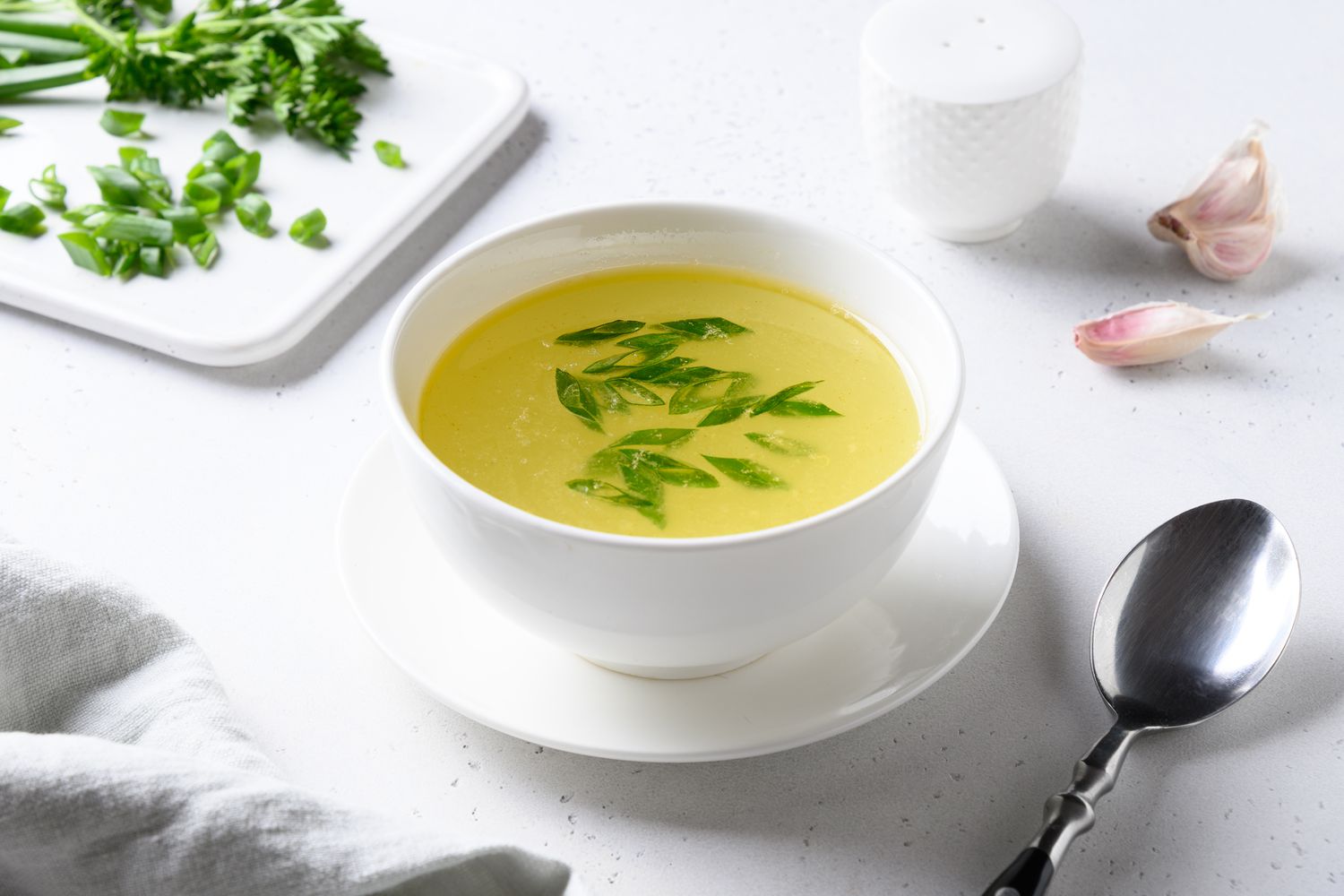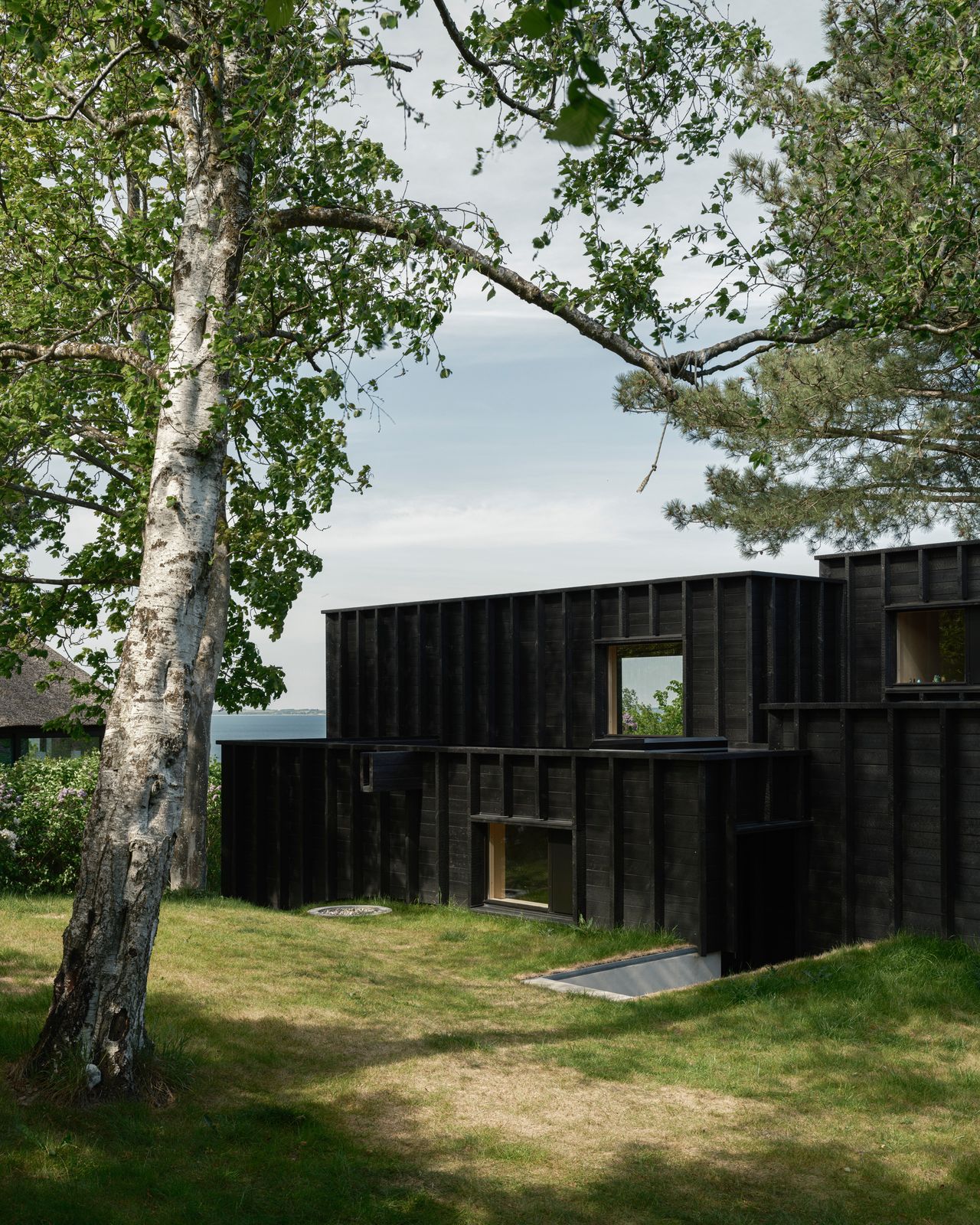
What the Heck Does Watering Deeply Mean? A Gardener Finally Gives Us a Definition
Deep watering lets water penetrate the soil as far down as several feet for healthier roots and to minimize water consumption.
So, what is watering deeply? We spoke to a gardening expert with years of experience in deep watering to help you learn what watering deeply is and how to do it.
Meet the Expert
Debbie Neese is the owner of Offshoot Virtual Landscaping Services.
What Is Watering Deeply?
Watering deeply is not just about sprinkling the surface but ensuring that water penetrates deeply into the soil, says Debbie Neese, a gardener and landscape designer.
“Deep watering is all about getting moisture down to where it really counts,” Neese says.
Watering deeply gets water into those deeper layers of soil where established root systems can access it.
The goal of watering deeply is to water heavily but do it less often. Plants need a slow soak for root growth and health.
“What I love about deep watering is that it’s such a perfect blend of science and practicality,” Neese says.
It’s science because it’s proven to encourage better, healthier root growth. It’s practical because it means you need to water less often.
Want more gardening tips? Sign up for our free gardening newsletter for our best growing tips, troubleshooting hacks, and more!
How Does Watering Deeply Work?
To water your plants deeply, you will need a hose and a watering wand with a shower setting. Water in the morning to give leaves time to dry, as evening watering can promote fungus or bacteria growth. Starting early helps you avoid evaporation, too.
- Calculate volume: Apply the right volume based on plant size. From 3 to 4 gallons per foot of height are recommended for shrubs, for instance.
- Set the wand: Turn your watering wand to a shower setting. Avoid the jet steam setting or other powerful modes, which can cause soil erosion, runoff, and soil compaction.
- Water the plant: Water directly around the drip line of the plant (the circumference) rather than overhead.
- Let it soak: Apply water slowly enough for proper absorption. Start by watering for about an hour, then check on it. If water pools up on the surface, you may be watering too fast.
- Add a timer: If you need to step away, attach a hose timer to the hose. This will prevent you from overwatering.
- Check penetration: Check moisture penetration by carefully digging down 6 to 12 inches after watering. Use the garden trowel and be careful not to damage the roots.
Recommended Watering Depths
Deep watering typically means penetration depths from 10 inches to 3 feet, depending on the type of plant. By contrast, newly seeded grass requires light, shallow watering—half an inch or so.
- Small plants: Water needs to absorb to a depth of 10 inches to reach their roots.
- Shrubs: Water should reach down to 2 feet for shrubs like boxwood, azaleas, and rhododendrons.
- Trees and larger plants: Water should penetrate to a depth of at least 3 feet.
After Deeply Watering
Water deeply soaked into the soil is naturally protected from rapid evaporation. But you can help slow down evaporation by protecting your deeply watered soil.
Add about 2 inches of garden mulch to the soil. Mulch protects against evaporation while adding nutrients to the soil as it breaks down. Choose either organic mulch or inorganic mulch:
- Organic mulch: Organic mulch is any mulch made from materials that were once alive. Organic mulch includes wood chips, grass clippings, compost, and leaves. Organic mulch adds nutrients to the soil. But because organic mulch breaks down, it must be augmented at least a couple of times a year.
- Inorganic mulch: Inorganic mulch includes materials such as shredded rubber tires, rocks, and other synthetic elements. Inorganic mulch is long-lasting because it doesn’t break down (though it can wash away). However, it does not add nutrients to the soil.
Plants That Benefit From Watering Deeply
Not all plants benefit from deep watering. The focus, says Neese, is on training roots to grow downward rather than staying at the surface, where water evaporates quickly. This will create stronger, more drought-resistant plants in the long run.
Neese says deep watering is best in these circumstances:
- New plantings need consistent deep watering to establish (three times weekly for the first six weeks, followed by two times weekly until the ground freezes).
- Shallow-rooted plants need extra attention since they use up the top 6 inches of moisture faster.
- Trees particularly need deep watering (for example, a 5-foot tall tree needs about 22 gallons of water).










